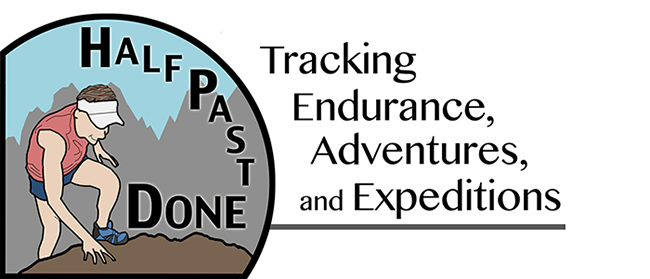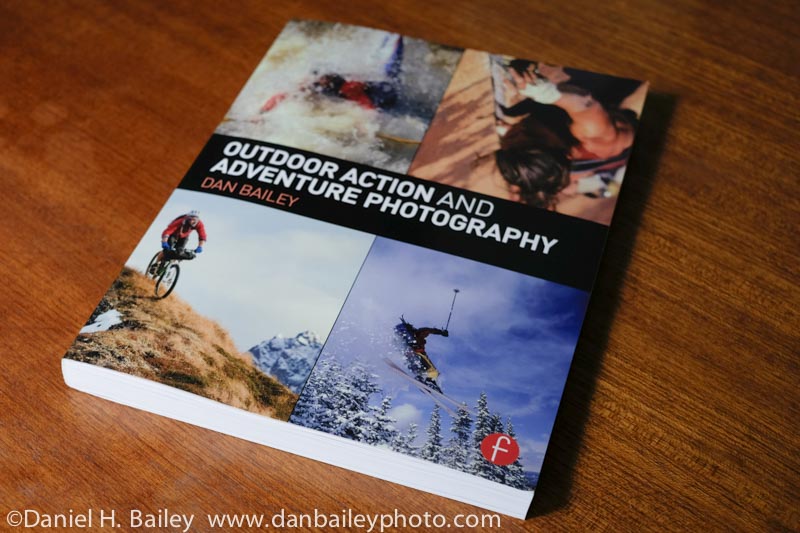Like many people in this age of smart phone cameras, blogs, and Instragram, I didn’t set out to become a photographer. I was a weekend warrior outdoor enthusiast with a 2.1-megapixel Fuji point-and-shoot when I first decided it would be fun to document my adventures in an online journal. My first images were often flat and featureless. I’d click through them on the screen and feel disappointment. “This isn’t what it was like at all.”
Since those early days of blogging, I’ve made consistent efforts to improve my photography techniques in order to produce images that better tell the story I want to tell. I’m still far from a professional. I still don’t own a DSLR, opting to continue using an upgraded version of a snapshot camera (Sony’s Cyber-shot DSC RX100) for portability and ease of use. So it’s refreshing when I come across a guide with truly helpful tips and explanations for people like me — people who don’t have a photography background or extensive knowledge of the gear or technical terms, but want to take the best outdoor and action images possible.
“Outdoor Action and Adventure Photography,” a full-color paperback written by Anchorage-based, award-winning outdoor photographer Dan Bailey and recently released by Focal Press, is the best guide I’ve yet come across. Bailey is a personal friend of mine, which is how I came to acquire this book in the first place, after effectively giving up on technical photography guides. I’ve read others, but couldn’t plow through dry explanations and technical terms, and didn’t retain any of the information within.
Bailey’s book is different — I’d dare to call it a page-turner. With an engaging and relatable style of writing, Bailey explains the basics of gear, technical concerns, creativity, and lighting techniques. It’s illustrated in beautiful full color with hundreds of Bailey’s own images, so you can see exactly what he’s describing. The conclusion of the book deals with the in and outs of professional photography, along with profiles of other outdoor photographers, lending to the well-rounded perspective of the book. Bailey’s techniques are good enough for pros, but described in such a way that they’re accessible even to beginners and those who don’t have a photography-specific background.
Outdoor action and adventure photography is exactly that. The photographer isn’t a passive observer, propped on a stool beneath a bevy of electric lights, controlling every aspect of the scene. They’re in the thick of the action, skiing down the same slopes and mashing pedals up the same trails as their subjects, trying to stay just one step ahead so when the synchronous beauty of motion and scenery merge, they’ll be ready. If the light is flat and gray, or blown out by noon sunshine, the photographer has to work around this. If it’s raining heavily or well below freezing, the photographer has to manage his equipment. If the subjects are running at top speeds across a ridge, the photographer has to keep up.
“Few styles of shooting bust your photography chops like adventure and action photography,” Bailey writes. “Consequently, this kind of shooting makes you a better photographer. Imagine trying to grab a shot while trying not to be plowed over by a mountain biker who’s blasting down a rocky hillside at 30 miles per hour. You have to be on top of your game, because you might only have one chance to get it right. This kind of shooting requires skill, focus, and confidence, because in a span of split seconds you can do one of three things: miss the shot, get the shot, or actually nail the shot. Which one would you rather do?”
As Bailey explains, the difference between getting the shot and missing the shot comes down to a split second. In “Outdoor Action and Adventure Photography,” Bailey shows readers how to react quickly and anticipate how scenery and subjects work together. He teachers photographers how to think geometrically, as well as convey emotions that effectively capture the mood and feel of the adventure.
I’m not a technically-minded person, and this is the area of photography where I’ve always struggled the most. Bailey gives a good overview of different types of camera bodies, lenses, and other gear employed by the adventure photographer, written for the layman. He addresses technical concerns that caused several “Ah-ha!” moments as I was reading. “So that’s how you do it.” Bailey’s section on creativity offered thoughts on personal expression, and considerations on how to develop one’s own style to create images that aren’t the same as every other snapshot on Instagram.
Bailey’s decades as a pro photographer shine through in his writing. He’s an experienced teacher who wants you to succeed, so much so that he’s willing to share all of his secrets, whether you’re an enthusiastic hobbyist or an aspiring pro who may become his competition. Anyone who regularly takes photos of outdoor adventures and action sports can benefit from Bailey’s book.


One thought on “A guide to dynamic adventure photography”